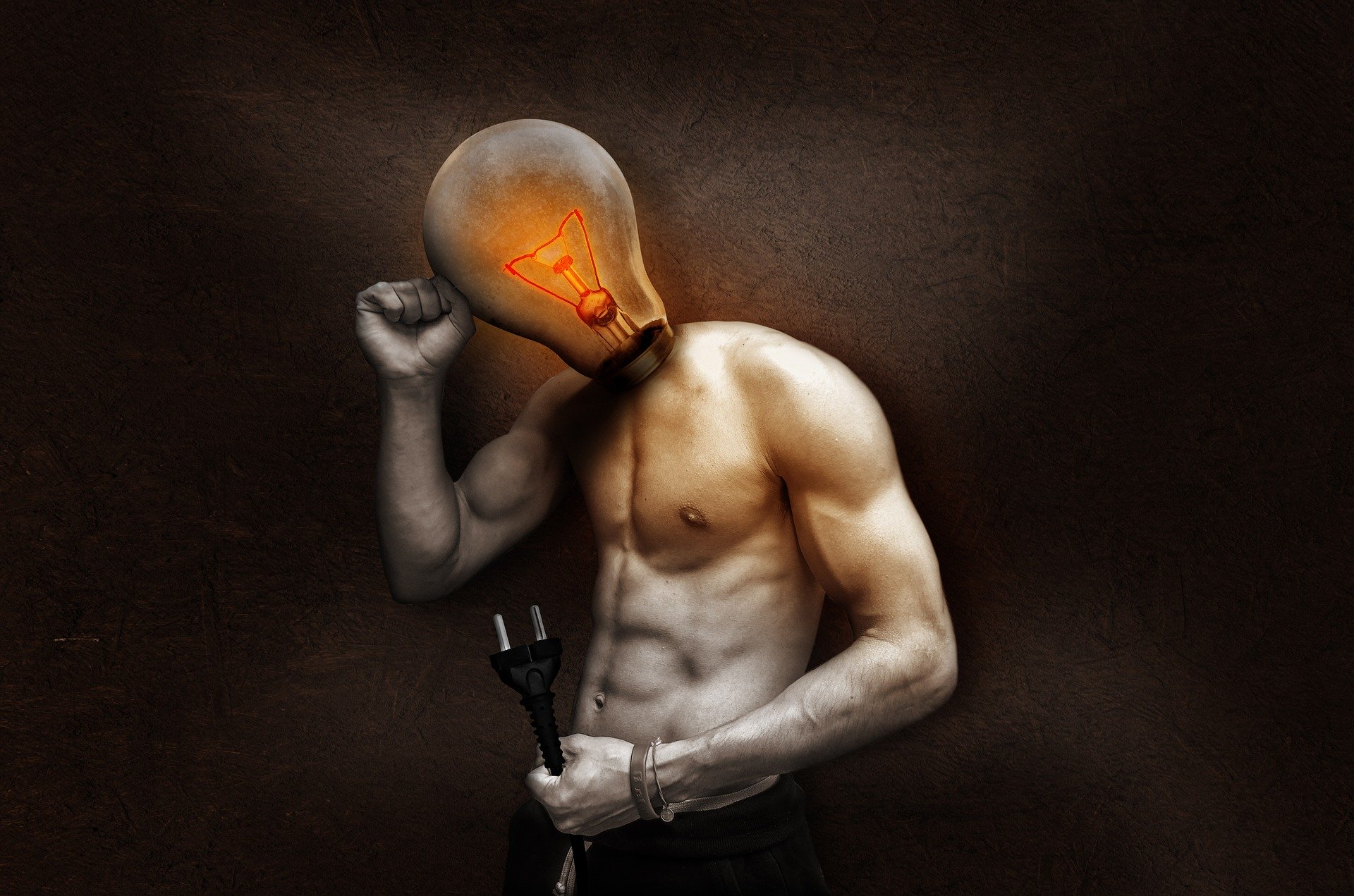When the winter months come around, we are all familiar with that unusual phenomenon of getting a shock when touching a doorknob. On some days that are particularly dry and cold, you may have noticed your hair fanning out or doing other strange things. As you probably learned in elementary school science class, these weird occurrences are due to the force of static electricity.
What is static electricity exactly?
Static electricity refers to an electrical charge that builds up in a particular place. It’s also referred to as “electricity at rest.”
What causes it?
In order to understand the mechanics behind static electricity, it’s necessary to know about electrical charges. Charge is the property of matter that causes objects to attract or repel. Two charges of the same type will repel, while opposites will attract. When charge builds up in a specific spot, it’s called static electricity.
Most objects have no electrical charge, which can be stated as having a charge of zero. When you transfer electrons from one object to another, a charge results. Electrons are subatomic particles that orbit the nuclei of atoms. When atoms are acted upon in various ways, electrons can be released from the atoms.
Electrons have a negative charge, so, when electrons are removed from a surface, it gains a positive charge. Conversely, when a surface receives some extra electrons, it becomes negative in charge.
The triboelectric effect
When objects are rubbed together, electrons can be transferred between the two surfaces. This is what scientists refer to as the “triboelectric effect.” The force of friction is capable of detaching electrons from the atoms of a material. An example of this type of friction is when you walk across the carpet while wearing socks.
If both materials being rubbed are well-insulated, the electrons will not flow freely between them, and the electrical charge will build up rather than transfer or flow. After the two insulated objects are separated, one has gained an electrical charge, and the other has gained a charge that is negative. Some materials are much more prone to gain an electrical charge in these rubbing scenarios.
Surfaces that have gained a charge due to the triboelectric effect can remain that way for quite some time. The charge is dispelled when the surface comes in contact with a conductive material, such as a metal doorknob or the metal rim of a table. Thus if your socks build up an electrical charge, you could experience a spark when your body touches metal because your body, composed mostly of water, conducts electricity. This is also how your touchscreen device registers a finger press on the screen.
Some key things to remember about static electricity are that it occurs when the charge builds up in a particular place. Most things have a zero charge, so they will gain a charge when electrons are taken from or deposited on them. Charges can be transferred between objects when they rub together, or they can be transferred if the materials are conductive such as water or metal.







